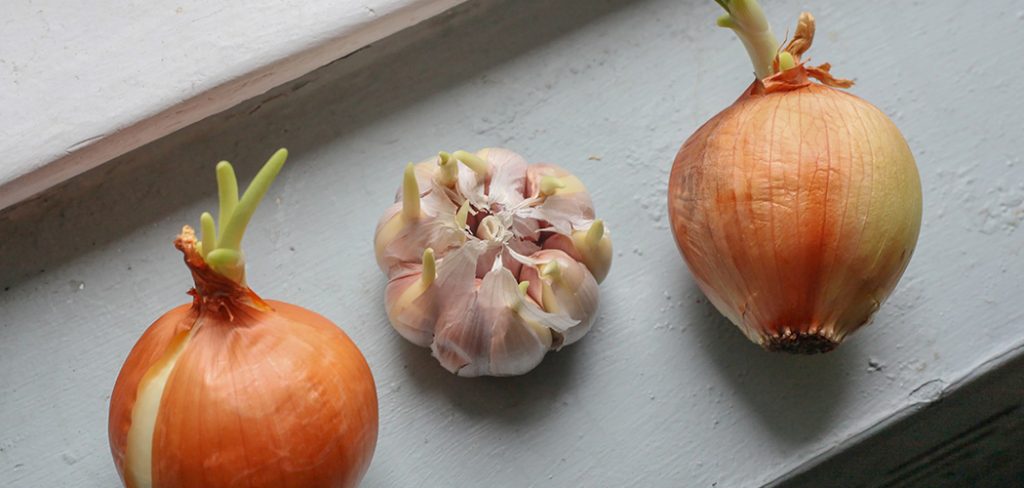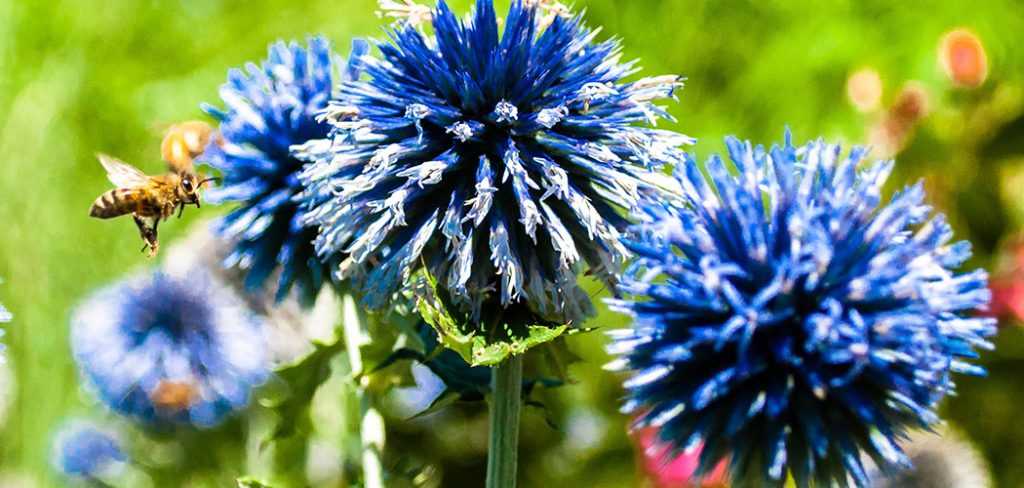Trees are a great addition to your garden because they provide strength and stability to the ground, as well as fresh air to those around them. There are also smaller-sized trees as compared to mammoth trees, such as the juniper bonsai tree. This is considered to be one of the smallest trees in the world that can be a perfect potted plant in your home. Some bonsai trees can even fit within the palm of your hand. Bonsai trees have been cultivated and grown for a good number of years since time immemorial, especially in the countries of China and other Asian countries.
Aside from this, the bonsai tree is also a symbolism of calmness and mind, balance, and finding harmony in life. It is also about finding respect and love for nature; as well as patience to find the ways in which planting it can achieve great results. In order to grow your own juniper bonsai, you need to learn skills like how to prune juniper bonsai.
1. How to do Juniper bonsai care?
Growing trees takes knowing what it means to care of them and to maintain them. From the moment a tree is a seed, there are already steps that must be taken in order to secure their growth and healthy future. Reading up on guides and tips on how to achieve optimum growth is a good step towards learning the different methods of juniper bonsai care. Knowing these steps will indeed provide the tree with a good atmosphere to grow in. What’s more, it will provide you with a deeper understanding of how the juniper bonsai tree grows; from the smallest of seeds to a beautiful tree addition to your garden.
There are numerous species of bonsai trees, with the juniper tree genus having more than a few number of choices to choose from. They can also be seen in stores sold as is, meaning that if you want to skip the steps on how to grow your own juniper bonsai tree, you can also opt to buy the tree itself and take care and maintain the tree afterwards. This skips a lot of steps, and removes a lot of the hassle for really growing your own tree. For those who want to start from the very beginning, it is also helpful to know the basics upon which you can start growing your juniper bonsai tree.
The basics of growing your tree
A juniper bonsai tree is considered to be one of the more popular choices when it comes to bonsai trees. This is largely because they have a good color combination and a good aesthetic. Also, the juniper bonsai tree is relatively easy to grow and to take care of. Thus, if you want to start out with a tree, you have to know the humidity and temperature conditions it prefers in order to maintain its health. For juniper bonsai trees, you can place them either indoors or outdoors, as long as they are receiving the right amount of light and water.
They should be able to have an amount of sunlight exposure equivalent to around 4 hours a day.
The soil the juniper bonsai trees prefer is soil that is dry or a bit moist. Unlike other plants that require that the soil is moist and can hold in more moisture, the juniper bonsai tree can survive even when the soil dries a bit. However, watering the plant should still never be forgotten.
When it comes to watering the juniper bonsai tree, you need to water it regularly. Also, the amount of humidity a juniper bonsai tree needs levels that are high. Thus, some juniper bonsai owners opt to place a humidity tray towards the bottom of the plant. This provides the tree with the amount of moisture it needs in order to thrive. Humidity plays a major role in most indoor plants, probably because the moisture provides the plants and leaves the nutrition the water can provide to them.
You must also never forget to provide the juniper bonsai tree with pots that are sturdy and large enough to fit the tree once it has grown. This will be the home in which the juniper bonsai will grow. This is why having a pot that is sturdy and drains well with the soil is important if you plan on keeping the juniper bonsai indoors.
2. What is structural pruning juniper bonsai?
Structural pruning juniper bonsai is a necessary step in maintaining the look and physique of your juniper bonsai tree. Pruning involves trimming and cutting the leaves or stems of a plant that otherwise are unnecessary or tend to overgrow. Some people resort to measures such as pinching instead of removal. For the juniper bonsai tree, however, the best way to prune it is to wait for the foliage to first grow into a good size. Then, wait for the growth to reach beyond the edges of the pot. Once it does, you will then trim away the parts of the plant that have overgrown using sheers or scissors.
3. What happens when Juniper bonsai starts turning brown?
You have to watch out for when your juniper bonsai is turning brown. This means that the tree might need more care and maintenance especially when it comes to water and sunlight exposure. Thus, when this occurs, make sure to provide it with adequate needs.
Conclusion
The juniper bonsai tree is an artistic tree that can add to the aesthetic of any home. Learning how to prune juniper bonsai trees can even add to this aesthetic. This is because it allows you to style the tree while having fun with it. The shape in which you can style the tree really depends on the amount of time you devote to cutting it. Moreover, there’s also the frequency by which you maintain the plant through pruning.
Hope this guide on how to prune your juniper bonsai tree helped! The juniper bonsai tree is a good addition and easy to maintain since it is relatively small compared to other trees. What’s more, it is also a symbolism for peace and balance. This makes a juniper bonsai a wonderful addition to your home if you are looking for something to remind you of this. Try to learn the basics as best you can if you plan on planting your own tree, but make sure not to overdo things such as watering and sunlight exposure. Humidity is also very important.

